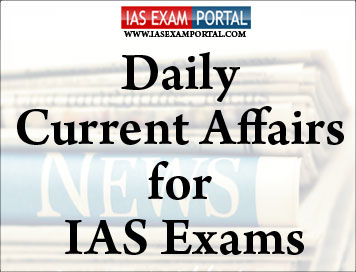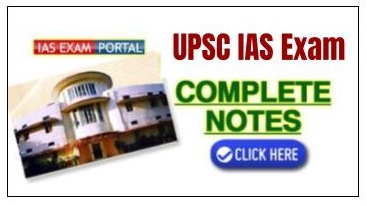Moving towards an efficient transport
infrastructure (Live Mint)
Mains Paper 3: Economy
Prelims level: Bharatmala
Mains level: Infrastructure, roads, port, railways
Context
• Transport infrastructure in India has grown at an unprecedented rate during
nearly the last five years.
• At the highest ever pace of construction, we have built more than 35,000 km
of national highways in four and a half years.
• The country had never before seen world-class expressways such as the
Eastern Peripheral Expressway and Western Peripheral Expressway or engineering
marvels such as the Dhola Sadiya Bridge and Chenani Nashri Tunnel.
• The Bharatmala Pariyojana is unique and unprecedented in terms of its size
and design, as is the idea of developing ports as engines of growth under
Sagarmala.
• The development of 111 waterways for transport, with multinational
companies already carrying their cargo over the Ganga, is also a first ever, as
are FASTags, the promotion of alternative fuels such as ethanol, methanol,
biofuels, and electricity, as well as innovative modes of travel such as
seaplanes and aeroboats.
Need of an efficient infrastructure
• An efficient transport infrastructure is the biggest enabler for growth.
• It has been one of the foremost priorities of our government to build a
transport infrastructure that is indigenous and cost-effective, links the
remotest corners of the country, is optimally integrated across various modes
and is safe and environment friendly.
• A lack of good transport infrastructure has been a major hindrance for
growth in the country in the past and our focus has been on rectifying this.
Bharatmala and Sagarmala programmes are going to be game changers in this
regard.
• They will improve both penetration and efficiency of transport movement on
land and water, respectively.
• In the process, they will help connect places of production with markets
more efficiently, help reduce logistics costs, create jobs and promote
regionally balanced socioeconomic growth in the country.
• It is also on improving the overall convenience and on-road experience of
the road users.
• This involves ensuring their safety, reducing congestion and pollution
levels and providing roadside amenities.
Improving safety measures
• To prevent the colossal loss of lives in road accidents, we are giving
priority to rectifying accident black spots through engineering means, employing
road safety features at the design stage for highways, conducting road safety
audits, setting up driver training and post-trauma care centres as well as
generating awareness.
• The high rate of accidents continues to be a matter of grave concern for us
and we are continuously making efforts in this direction.
• Ring roads, expressways and bypasses are being constructed around many big
and small cities and towns to beat traffic congestion and reduce pollution.
• Innovative solutions like seaplanes, ropeways, aeroboats and double-decker
buses are being actively explored for adoption.
• These will bring down the traffic pressure and congestion on roads.
Seaplanes have already been tested, and trials are soon to be conducted on
aeroboats.
• A memorandum of understanding (MoU) has been signed with Austrian ropeway
company Doppelmayr for building ropeways through congested cities and hilly
areas, and another MoU has been signed with Transport for London to help us
overhaul our urban transport.
• The concept of ‘waste to wealth’ is being employed for generating
alternative fuels. Ministries concerned are working to promote generation of
alternative fuels from agricultural and other waste, and also on a road map for
the development of electric vehicles.
• Apart from the above, we are also giving priority to the greening of roads
and FASTag-based electronic toll collection, which will prevent congestion at
toll plazas and bring down pollution.
Way forward
• The development of transport infrastructure will also create huge
employment opportunities in the country, improving the socioeconomic condition
of people.
• The youth are being trained to take advantage of the emerging job
opportunities.
• In the roads sector, training is being given in construction-related
trades, while under Sagarmala, training is being provided in job opportunities
that can come up in the maritime sector, in the factories that are slated to be
built in port areas, the service industry, fisheries, tourism and many more.
• Already, the total number of seafarers employed in Indian and foreign ships
has grown by 35% this year.
• Our government is determined that India’s growth story should no longer be
impeded by a lack of efficient transport infrastructure, and the fruits of this
growth should reach everyone in the remotest part of the country.
• Our success so far and our continuing efforts will be the prime enablers
for realizing this objective.


